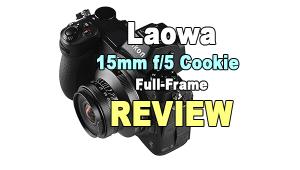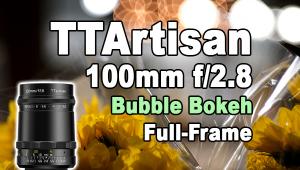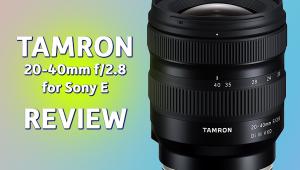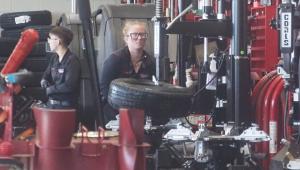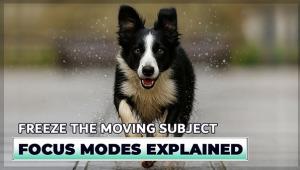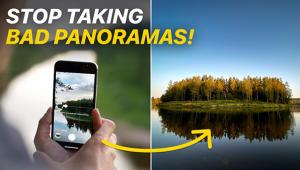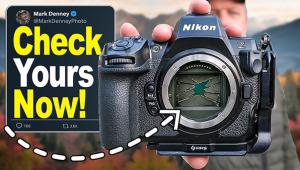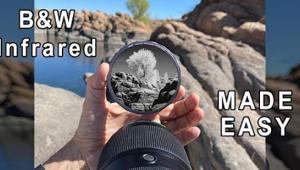11-Year-Old Tokina Macro for APS-C Sensor Cameras Is Amazing on Full-Frame Nikon

My 35mm f/2.8 Tokina AT-X M35 PRO DX Macro was discontinued in 2010, but I’ve always liked it because it’s small, it focuses quickly and it’s extremely sharp. It’s for Nikon cameras with APS-C size sensors and was a constant companion for my now-retired 12-megapixel Nikon D90. So I decided to see how it performed on my full-frame Nikon Df. Man, did I get a surprise!
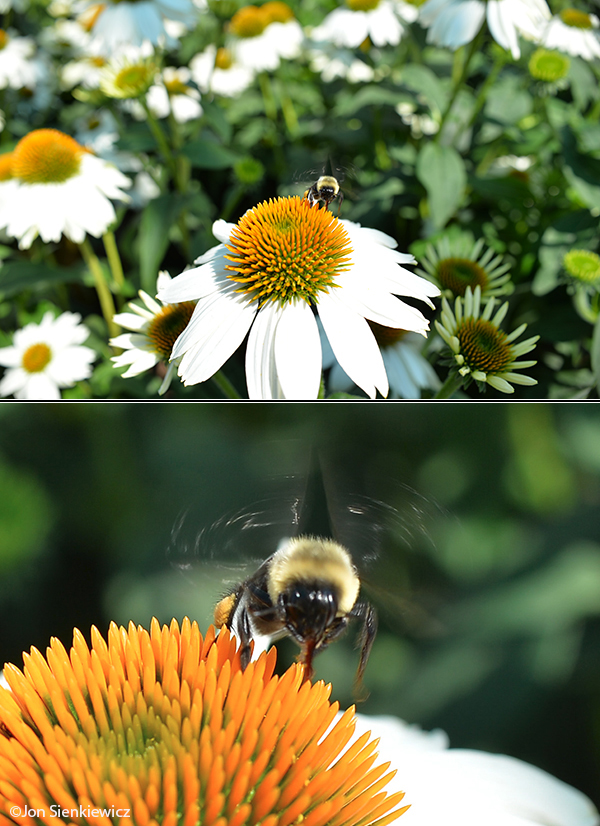
In theory, a lens that’s designed for use with APS-C size sensors doesn’t transmit a circle of light that’s large enough to cover a full 35mm size sensor. In theory. So when using such a lens on a camera that has a full frame sensor, the wise choice is to let the camera automatically shift into cropped-sensor mode. Alternatively, you can switch to cropped-sensor manually. Or, challenging the authority of physics you can set it to full frame. I chose the latter. (Nikon Df owners: check page 52 of the owner’s manual for a complete explanation of DX vs. FX lenses.)

Every image in this story was shot with a Nikon Df and the subject Tokina 35mm f/2.8 macro lens, and every shot is full frame, not crop-sensor. Some of the images have been cropped for publication but none have been sharpened.

APS-C vs Full Frame
I’m not suggesting that other APS-C style lenses perform like this one. In most cases, this mismatch causes moderate to severe vignetting (dark corners) for obvious reasons. This vignetting (or “shading” as it’s called by some camera makers) is usually most pronounced when shooting toward large open areas like skies, and it’s hard to fix.

As you can see from the uncropped image below, the Tokina macro did not produce noticeable shading under typical shooting conditions. Even the very corners of this shot of Eastern Purple Coneflowers (echinacea purpurea) is clean. And very sharp, by the way.

Technical Specs
Measuring a petite 2.87 x 2.36 inches (73x60 mm) and weighing just 12 ounces (340g) it occupies very little space in a gadget bag so it’s convenient to have around when that macro moment presents itself.

The minimum focusing distance for this Tokina 35mm f/2.8 is 5.5 inches (14cm) which delivers a Macro Ratio of 1:1 (life-size). It features an Autofocus Switch Clutch Ring which enables quick access to Manual Focus for fine tuning if desired.
Optical construction consists of 9 elements in 8 groups. It has 9 aperture blades and accepts 52mm screw-in filters. It’s multicoated. And like every other Tokina lens I’ve ever encountered, the mechanical construction is clean and sturdy. The focus ring rotates smoothly and the lens mounts on my Nikon with a tight, crisp snap.

Conclusion
Once again I’m sorry to remind you, this lens was discontinued in 2010. So then why am I wasting your time with this, since you can no longer buy it new? At the time of this writing, a 60-second search uncovered two for sale online in used condition. One is at a very large camera specialty store whose name you’d immediately recognize.

But the biggest reason I’ve dredged up an 11-year-old lens today is to encourage you to color outside the lines and try your APS-C lenses on your full frame DSLR. The worst thing that will happen is that the images might look like they were shot through a tunnel. The best thing, you might discover a genuine gem that’s been hiding in your closet since you bought that new DSLR.
—Jon Sienkiewicz
(As an Amazon Associate, Shutterbug earns from qualifying purchases linked in this story.)

- Log in or register to post comments

